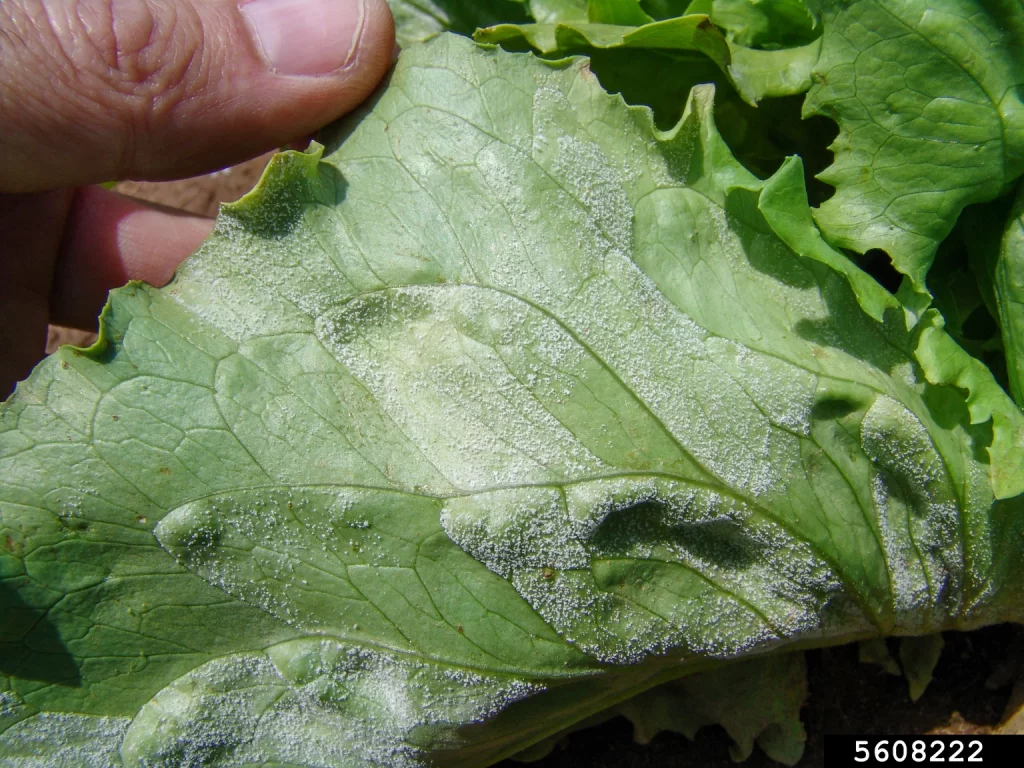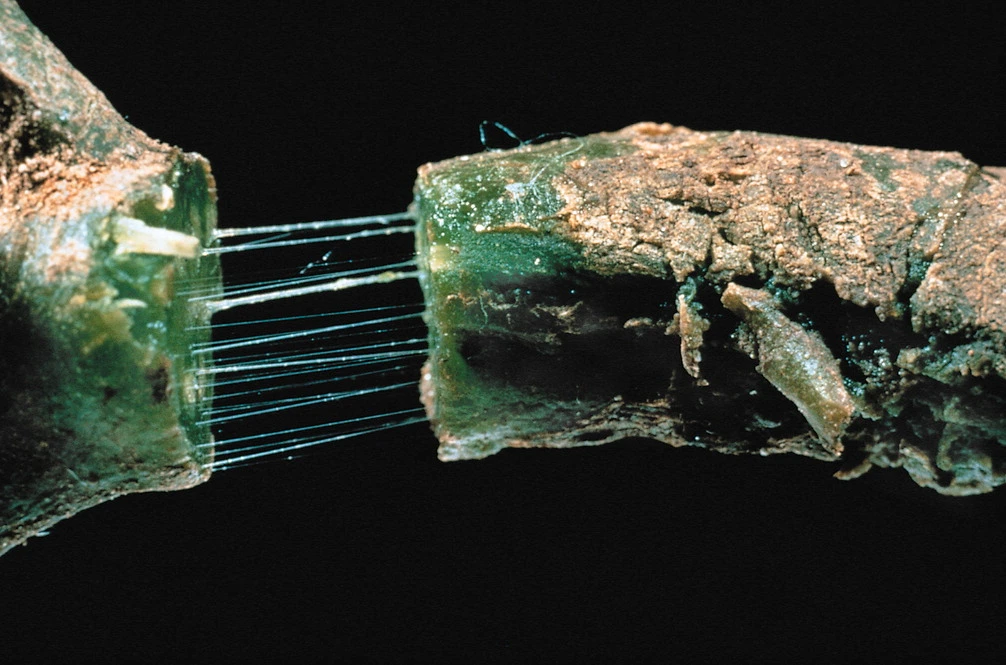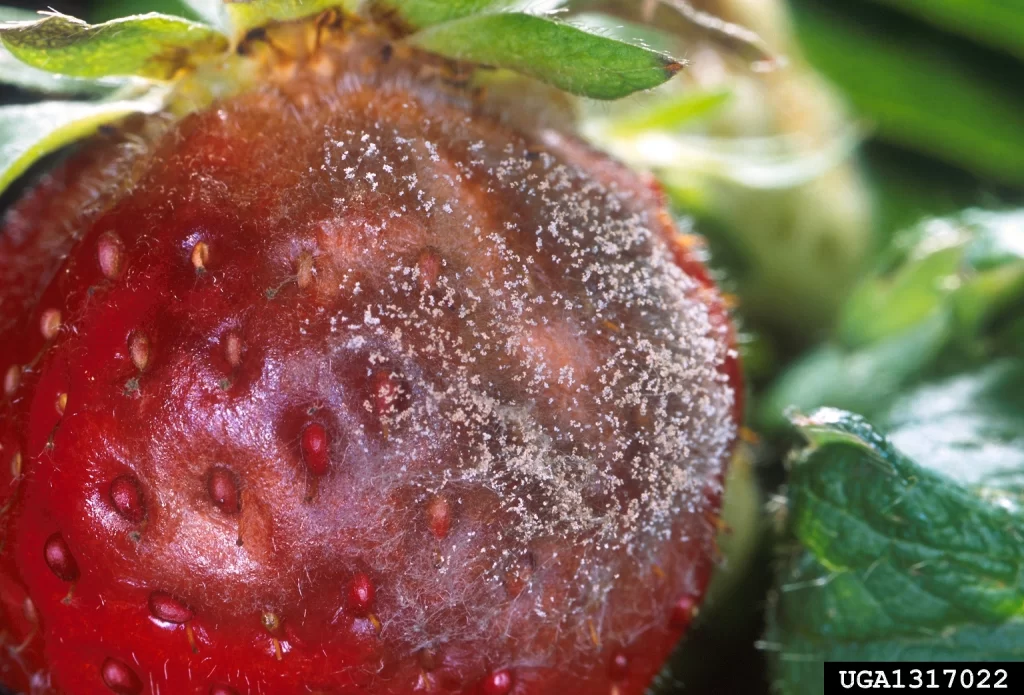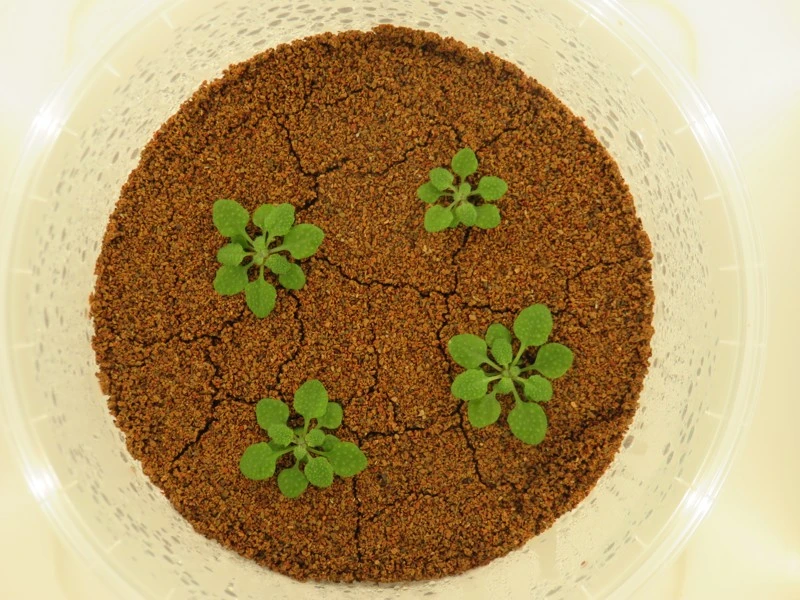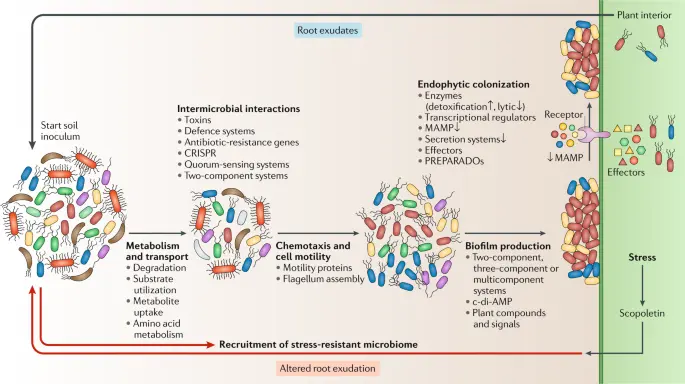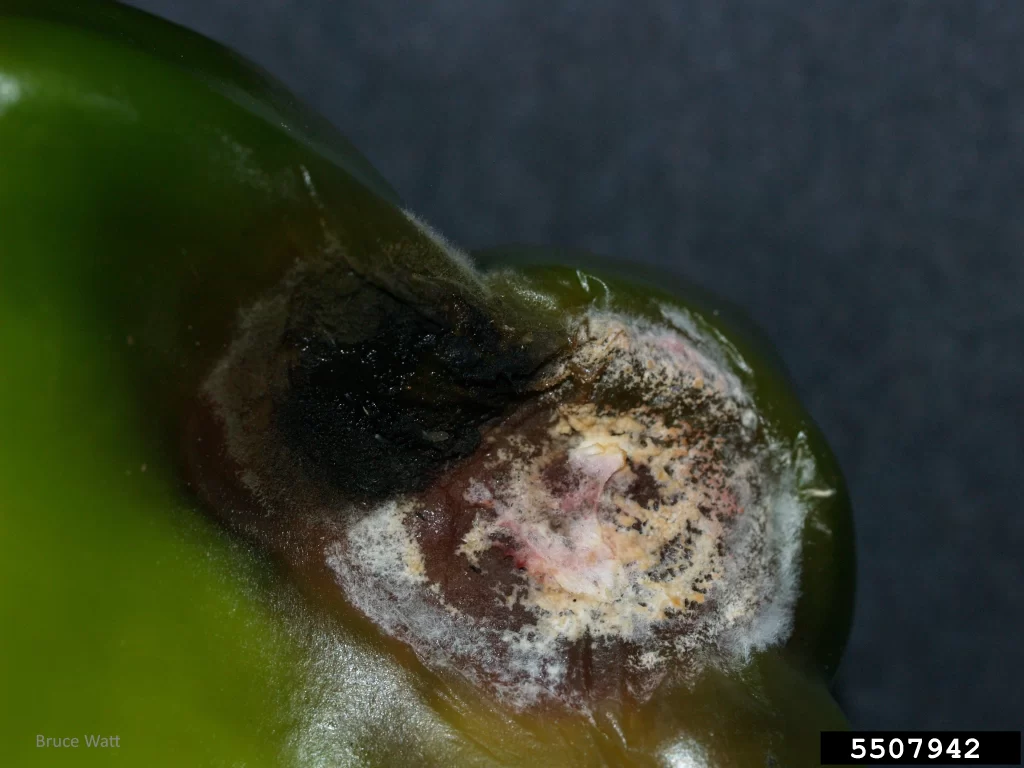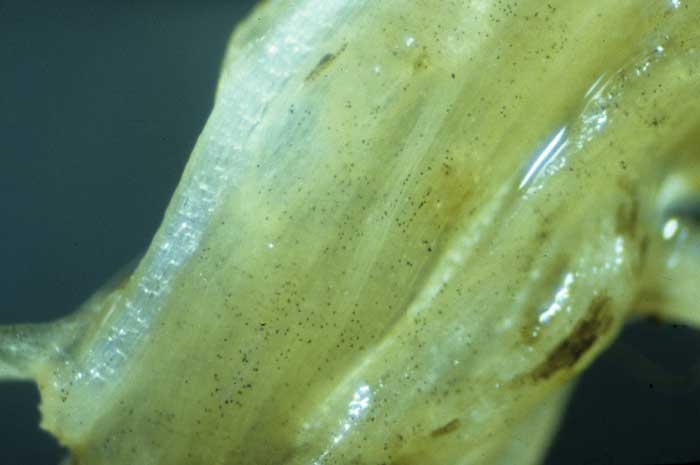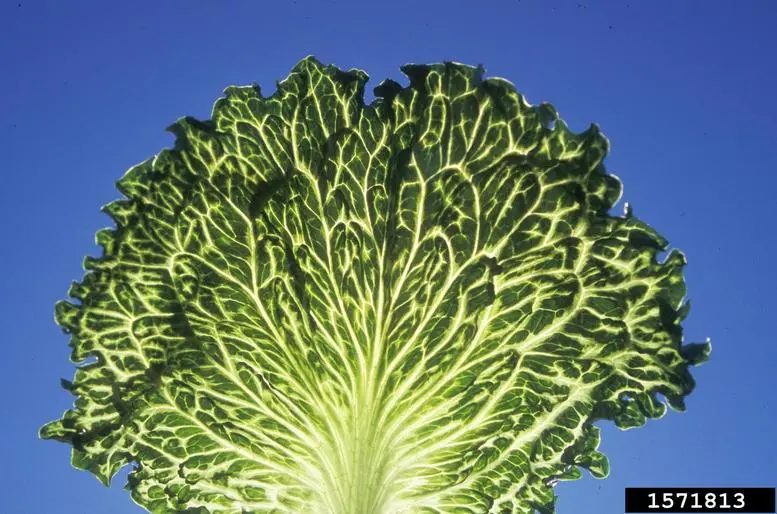Bremia lactucae Introduction Bremia lactucae causes lettuce downy mildew for both indoor and outdoor lettuce. It is a significant pathogen in cooler environments like late-fall seasons and heated winter greenhouses. This plant pathogen is an oomycete, and symptoms of the disease are similar to late blight. However, the disease may appear as white fungal growth […]
Erwinia tracheiphila Introduction Erwinia tracheiphila is a bacterial pathogen that causes bacterial wilt, a devastating disease affecting cucurbits such as cucumbers, muskmelons, and, to a lesser extent, squash and pumpkins. This disease does not affect watermelons. The economic impact of Erwinia tracheiphila is significant, particularly in the Midwestern and Northeastern United States, where it threatens […]
Four Plant Pathogens to Look Out for in 2024 Greenhouse growers and indoor farm operators must stay vigilant about evolving greenhouse pathogens, a critical aspect of plant health and productivity. Understanding and managing greenhouse plant diseases is more crucial than ever in ensuring a bountiful and healthy harvest. Here are the top four plant pathogens […]
Plant-Microbe Publications In 2023, scientists learned more about plant-microbe (plant bacteria, plant pathogens, and other microorganisms) interactions and saw significant advancements, especially in studying Plant Growth-Promoting Bacteria (PGPB). Here are six sources (publications and collections) published in 2023 that you might still need to look into. 1. Latest Review Papers in Plant-Microbe Interactions “Latest Review […]
Pepino Mosaic Virus (PepMV) Introduction Pepino Mosaic Virus (PepMV) is a highly infectious pathogen that primarily affects solanaceous plants, including tomatoes, potatoes, and eggplants [1][2][3]. It was first detected on pepino plants in Peru in 1974 and has since spread to several countries, causing significant problems in the cultivation of greenhouse tomatoes [1][3]. The virus […]
Plant Microbiome 101 Introduction to Plant Microbiome Interactions Welcome to Part 2 of our exploration into the wondrous world of plant microbiomes. Our previous blog, “Plant Microbiome 101: Introduction to a Plant Microbial Universe,” introduced the basics of the plant microbial universe. Now, let’s delve deeper into the fascinating processes of plant colonization and the […]
Plant Microbiome 101 Introduction to a Plant Microbial Universe As a hydroponic grower, you might wonder what’s happening beyond the visible spectrum of your plants. Especially today, when microbial inoculants are on the rise. A great starting point is a review paper by Pankaj Trivedi and a team of international authors published in the Nature […]
Banner Image by Bruce Watt, University of Maine, Bugwood.org. https://www.invasive.org/browse/detail.cfm?imgnum=5507942& Fusarium oxysporum f. sp. capsici Introduction Fusarium oxysporum f. sp. capsici is a soil-borne fungal pathogen that poses a significant threat to pepper crops. This pathogen is responsible for Fusarium wilt, a devastating disease that can lead to substantial yield losses. The economic impact of […]
Olpidium brassicae Introduction Olpidium brassicae is a common fungal parasite that infects the epidermal cells of plant roots, particularly those in the Brassicaceae family and tobacco plants [1]. It is commonly known as seedling blight of tobacco or seedling disease of cabbage. This pathogen has a significant economic impact on agriculture, as it can reduce […]
Olpidium virulentus Introduction Olpidium virulentus is a parasitic fungus that infects plant roots, including leafy greens grown hydroponically. The pathogen can transmit two serious viruses: Lettuce big-vein associated virus (LBVaV) and Mirafiori Lettuce Big Vein Virus (MLBBV), causing a decrease in overall yield. Olpidium virulentus does not cause significant plant diseases but is a vector for viruses […]


